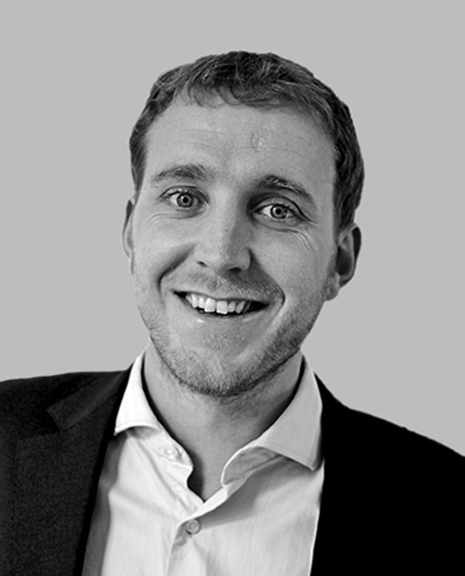Blackouts and other disasters
Timothy Prior and Florian Roth of the “risk and resilience” team at the Center for Security Studies (CSS) will be appearing as experts on SRF theme day on blackouts. The two researchers work in the field of disaster management, resilience, and risk and crisis communication. ETH News wanted to know about the state of readiness in Switzerland.
How would the Swiss population be notified in the event of a blackout?
Roth: The population would primarily be informed by radio, as per tradition. Under some circumstances, for example, if the drinking water supply were contaminated as a result of the blackout, police cars would drive through the streets, or sirens with the “general alarm” function would be used. In such situations, it is crucial to warn the population quickly.
For the theme day, SRF is examining the idea of a Europe-wide blackout. How well would Switzerland be prepared for such an event?
Prior: On the structural level, Switzerland is very well prepared for disasters. The authorities are well equipped and the people responsible are extremely well trained. Most of the work in this regard is done at the cantonal and municipal levels. The federal government is primarily involved in a supporting and coordinating capacity. Switzerland has a civil protection system that is very well suited to the country.
Roth: And therein lies the difficulty: in Switzerland, disasters are usually thought of in local or regional terms. There’s a real lack of experience with extreme events of national or even international significance.
And what does that mean?
Prior: We’ve seen that countries that have had major disasters are learning from these experiences and adjusting their responses.
Roth: In Japan, for example, after the major earthquake in Kobe in 1995, the civil protection system was integrated into the education system for better training. The regulations for earthquake-resistant construction were tightened significantly. Without these measures, there would undoubtedly have been many more victims in the 2011 earthquake.
If a crisis persists, you imagine that chaos and looting would soon follow. How realistic is such a scenario?
Prior: The images we have in our minds of people acting without any regard for others in crisis situations primarily come from Hollywood and reporting on individual events. Experience gives a rather different picture: in countries with a high degree of stability, most people behave rationally and with a spirit of solidarity.
That fits with the observation that in crisis situations, people tend to get involved and organise as private citizens.
Roth: The significance of civil society initiatives has grown significantly. But we see some distinctions: in Switzerland, we have strong actors such as the Red Cross and other aid organisations. In other countries, people tend to get involved in a more spontaneous and informal manner.
What role do social media outlets play?
Roth: Research shows that in crisis situations people use the same communication channels as they normally do. The major telecommunications companies have recognised this and put together teams to support that purpose. For example, they provide crisis maps on which people can enter where help or resources are available. The “I’m OK” status plays a major role in ensuring relatives and friends are better informed if someone is safe and thus reduces the load on communication networks. We are also seeing more self-organised help on these platforms. One example was the open-door campaign following the shooting in Munich, in which residents offered people affected by the incident a safe place to sleep.
How do you see things developing in the future?
Prior: For me there are two important points: there are no disasters without people – an earthquake in a location where no one lives and there is no infrastructure is just a natural event, not a disaster. And that’s why the question of social vulnerability, i.e. who is most affected, is so important for us. In Zurich, for example, there is a detailed risk map that shows the consequences of flooding. But we lack the data regarding where people are especially vulnerable – older people or immigrants, for example –so there’s a need for further study in this space.
In addition, the impact of civil society and social media means that the authorities can no longer communicate purely from the top down, which complicates their ability to define the situation. In the future, the authorities will have to engage more in a dialogue with the population. That is a challenge because authorities generally prefer to release only information that can be viewed as reliable, but the population wants information quickly. At the same time, it’s also a great opportunity for more efficient civil protection. In the future, authorities will be able to adapt their communication more effectively on a case-by-case basis.
What can individuals do to be better prepared?
Prior: It’s important for people to know the dangers and know what to do in a disaster situation. One example: in Bern, there are areas that are highly susceptible to flooding. Do I also know what I have to do if flooding actually occurs? Although the idea of emergency supplies might seem antiquated to some people, it is a good idea. In a crisis situation, Switzerland will be well organised, but people still might need to go for two or three days without outside support. In general, households that have devised a family emergency plan weather disasters better than those who have not.


Comments
No comments yet